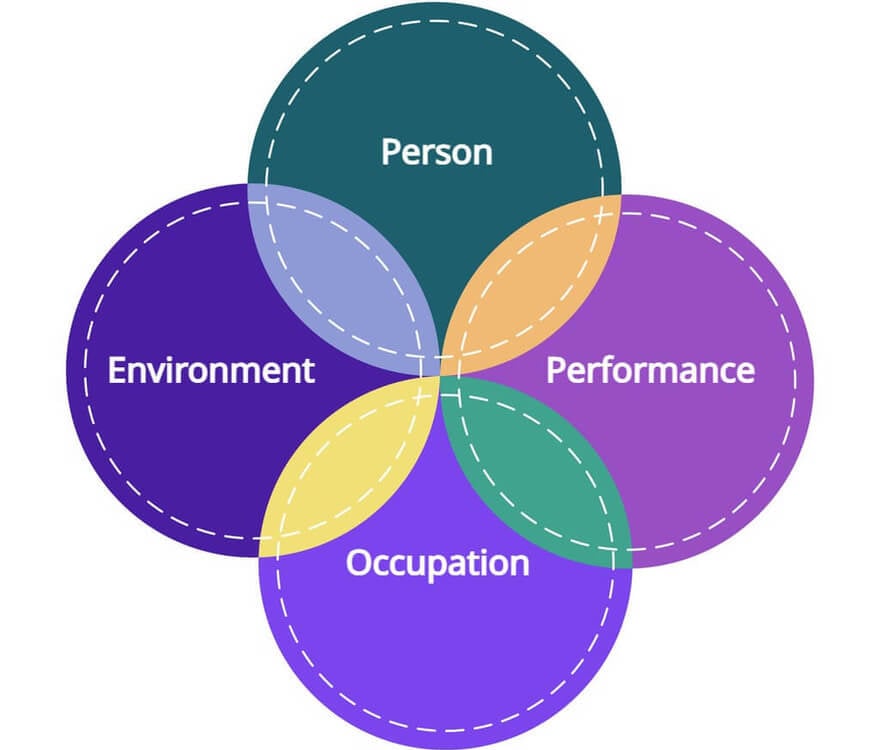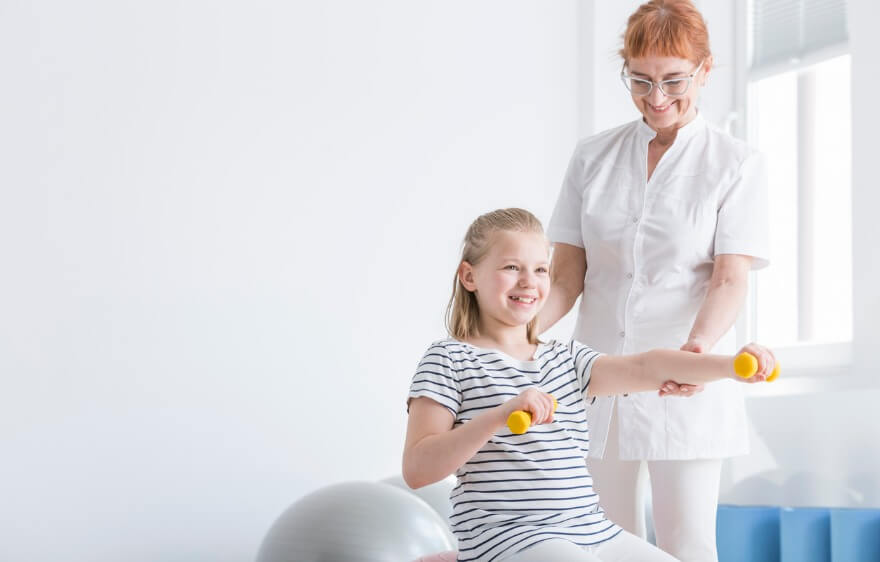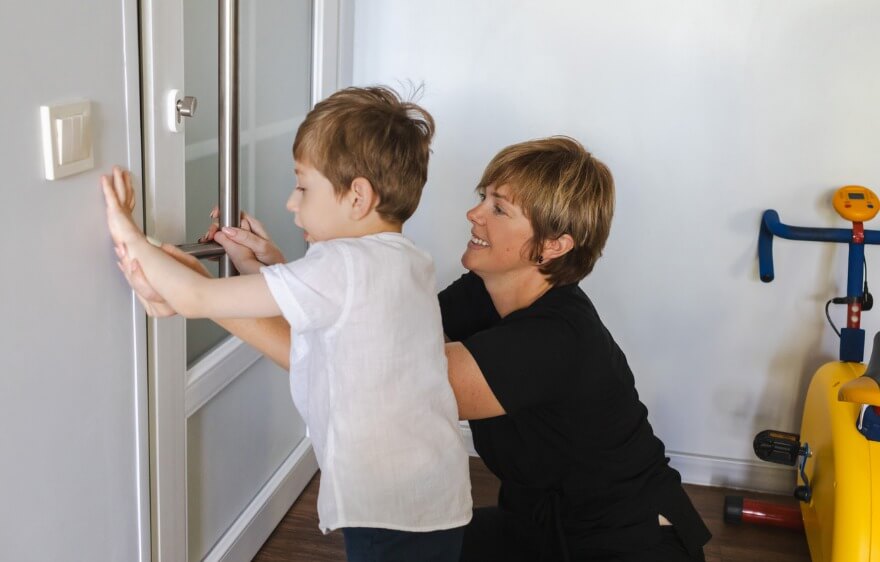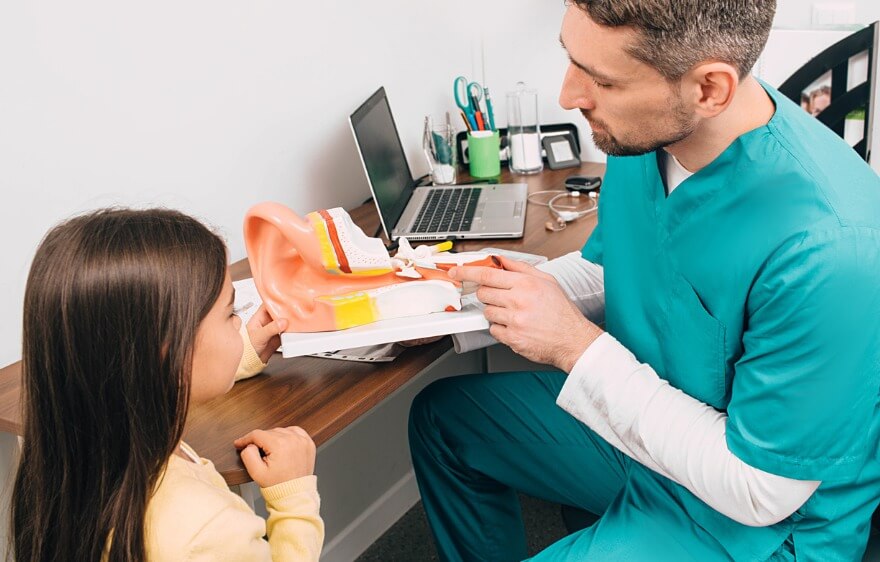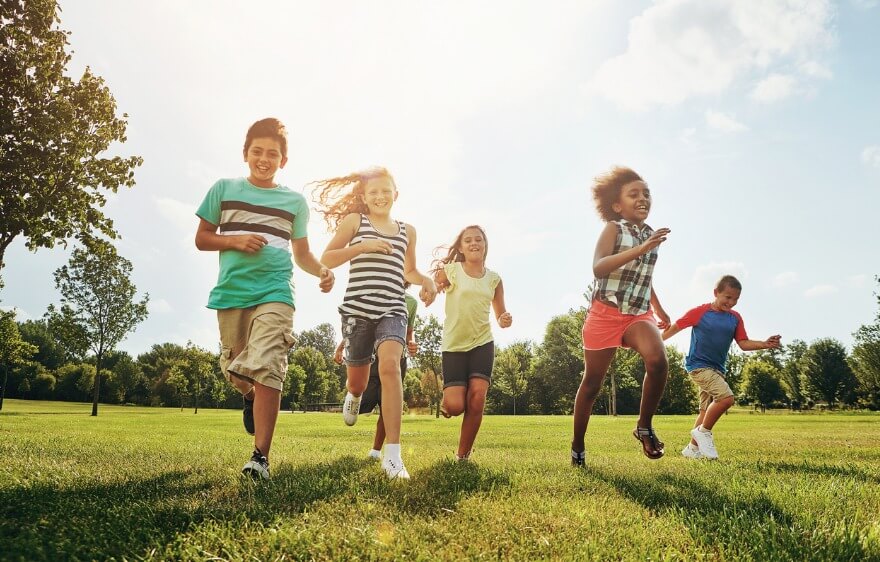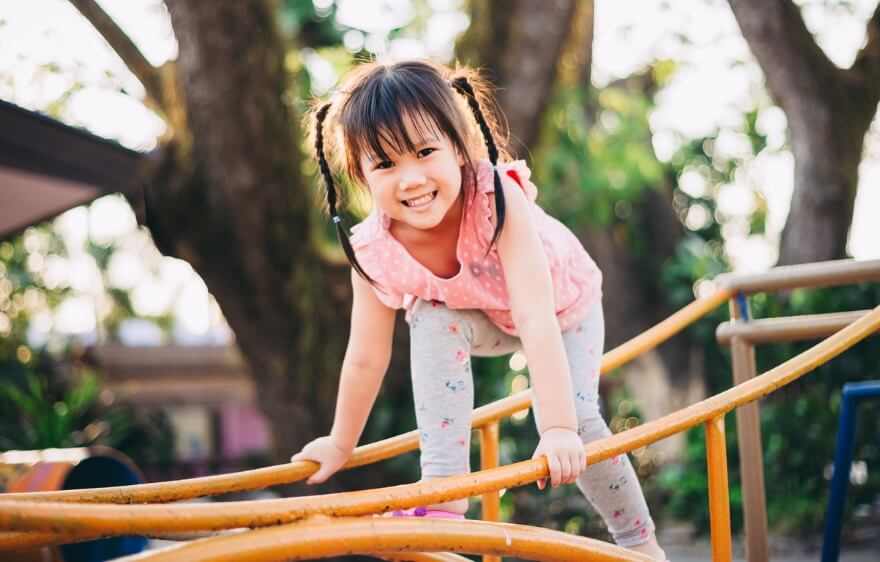When it comes to occupational therapy (OT), finding the perfect approach to empower clients is like discovering the missing piece of a puzzle. Enter the Person-Environment-Occupation-Performance (PEOP) Model — a comprehensive framework that seamlessly ties together all the factors influencing an individual’s ability to engage in meaningful activities.
Whether you’re an occupational therapist seeking fresh insights, a parent curious about how OT can help your child, or simply someone interested in how people thrive within their environments, the PEOP model has something to offer. Let’s dive into what makes this model so effective, how it works, and why it’s especially valuable in pediatric OT therapy.
What Is the PEOP Model?
The PEOP model was developed in the late 1980s by OT practitioners Carolyn Baum and Charles Christiansen. Its foundation is simple yet powerful: a person’s performance in daily activities is shaped by the interaction between personal abilities, their environment, and the occupations they engage in.
Breaking it down:
- Person: The individual at the center, with their unique skills, motivations, and challenges.
- Environment: The physical, social, and cultural surroundings that either support or hinder performance.
- Occupation: The meaningful tasks and roles the person wants or needs to perform.
- Performance: The outcome — how well the person can function in their chosen activities.
The beauty of the PEOP model lies in its dynamic nature. It doesn’t just look at the person or their environment in isolation but considers how these elements interact to influence success.
How the PEOP Model Works in Occupational Therapy
In practice, the PEOP model serves as a roadmap for OTs to identify what’s helping or hindering their clients. It’s not a one-size-fits-all approach. Instead, it’s like a tailored suit — designed to create goals that fit each person.
Here’s how it works:
- Assessment: The OT evaluates the person’s abilities, including motor skills, cognition, and emotional well-being, along with their environment, such as home setup, school demands, cultural norms, and the occupations they’re trying to perform.
- Goal Setting: Using insights from the assessment, the therapist collaborates with the client and family to define meaningful and achievable goals.
- Intervention: The OT works to enhance the person’s skills, adapt the environment, or modify the occupation to improve performance.
- Evaluation: Progress is monitored, and interventions are adjusted to ensure continued success.
The PEOP model is versatile and can be applied to various settings — from improving a child’s handwriting in school to helping an elderly individual regain independence after a stroke.
Intrinsic and Extrinsic Factors in the PEOP Model
The PEOP model emphasizes that two types of factors influence performance:
1. Intrinsic Factors (Within the Person)
Intrinsic factors are the personal traits, skills, and conditions that a person brings to the table. In pediatric OT, this might include:
- Physical Abilities: Gross and fine motor skills, strength, and coordination.
- Cognitive Abilities: Problem-solving, memory, and attention span.
- Emotional State: Confidence, motivation, and resilience.
- Sensory Processing: How a child interprets and responds to sensory input such as sound, touch, and movement.
For example, a child struggling with sensory integration might struggle to focus in noisy classrooms. Recognizing this intrinsic factor helps OTs address the root cause.
2. Extrinsic Factors (Outside the Person)
Extrinsic factors refer to the environment and external elements that affect performance. In the PEOP model, these might include:
- Physical Environment: Accessibility of spaces, lighting, noise levels, and equipment.
- Social Environment: Support from family, friends, teachers, or caregivers.
- Cultural Context: Beliefs and values that shape behavior and expectations.
- Policies: School rules, societal norms, or healthcare regulations.
For example, a child with limited mobility might struggle to participate in playground activities if the equipment isn’t wheelchair-friendly. Addressing these extrinsic factors creates a more inclusive space for success.
The Importance of the PEOP Model in Pediatric OT
When it comes to the benefits of pediatric occupational therapy, the PEOP model shines as a flexible and family-centered approach. Children are constantly growing, learning, and adapting, which makes understanding their unique person-environment-occupation interplay even more critical.
Why It Matters for Kids:
- Tailored Interventions: Every child is unique, and the PEOP model ensures interventions are as individualized as possible. A solution for one child may not work for another, even if their challenges appear similar.
- Family Involvement: The model recognizes the family’s role in a child’s development. By involving parents and caregivers, OTs create sustainable strategies that work in real life.
- Focus on Functionality: The PEOP model prioritizes practical OT goals and outcomes, such as helping a child write legibly, button their shirt, or participate in sports with friends.
- Promotes Inclusivity: By addressing extrinsic factors, including accessibility and social attitudes, the PEOP model advocates for environments where all children can thrive.
PEOP Model Examples
Imagine an eight-year-old who struggles with handwriting in school.
Using the PEOP Model:
- Person: This child has fine motor difficulties and low confidence in his writing abilities.
- Environment: The child’s classroom lacks ergonomic seating, and they feel pressured by fast-paced lessons.
- Occupation: The goal is to help the child write neatly enough to complete assignments and feel proud of work.
Intervention:
- The OT works on improving hand strength through fun activities like playing with clay.
- The desk setup is adjusted with a slanted writing board for better posture.
- The teacher is encouraged to give extra time for assignments.
Outcome:
With these changes, the client’s handwriting improves and their confidence soars — a true testament to the power of the PEOP model.
Why OTs Love the PEOP Model
The PEOP model isn’t just a theoretical framework; it’s a practical tool that empowers individuals, fosters collaboration, and delivers results. For children, it’s a game-changer — helping them overcome barriers and unlock their full potential.
As an OT, embracing the PEOP model can mean embracing a holistic, personalized approach to care. It’s about seeing the big picture while focusing on the most important details.
Benefits of the PEOP Model
The Person-Environment-Occupation-Performance (PEOP) Model is more than just a mouthful — it’s a transformative way to view human potential. By considering the intricate balance between personal abilities, environments, and activities, the PEOP model creates pathways for meaningful and lasting change.
This model is often the key to helping kids who benefit from OT achieve milestones, build confidence, and conquer challenges. So next time you see a child proudly tying their shoes or climbing the monkey bars, remember: the PEOP model may have played a part in their success!
Join the Care Options for Kids Team!
Are you ready for meaningful work that comes with benefits and not burnout? Join the compassionate care team that helps children and families live their best lives. Our clinicians provide best-in-class pediatric nursing, therapy, and school-based services. We bring individualized care to children where they live, work, and play. We have opportunities in homes, schools, and clinics across the country.
Apply at Care Options for Kids now. We make it easy to start so you can make a difference as soon as possible.
